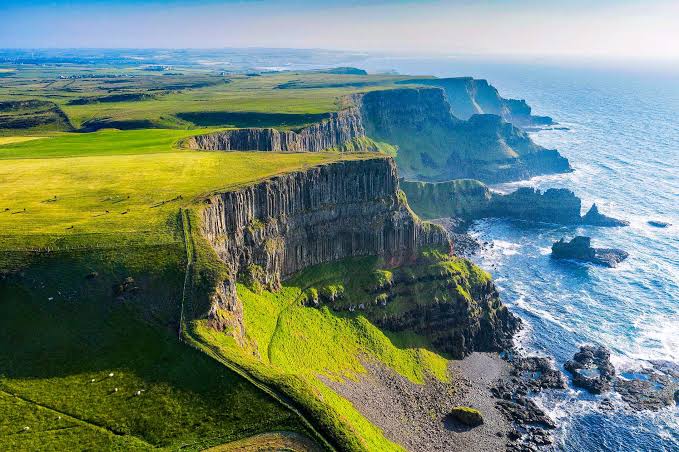Thirty years ago, Northern Ireland was a place few tourists dared to visit. Today, it’s a vibrant destination, drawing visitors to its stunning coast and rich history.
The clash between nationalists and Protestant loyalists:
Ebrington Square was home to the British military barracks, an impregnable fort dominating a divided city. Located right on the edge of the Republic of Ireland, the town suffered invasions and bombings carried out by the Irish Republican Army (IRA), and conflicts with the British troops brought in to keep the peace.
During the Crises-the decades-long conflict between Protestant Loyalists to the UK and Catholic nationalists who wanted to be reunited with the Republic of Ireland-that concerned Northern Ireland from the late 1960s till the Good Friday Agreement of 1988, Derry was on the frontline of the dispute. It’s a familiar enough scene, but the place makes it distinctive.
Belfast’s now legendary Black Cab Tours mean these: bomb places, “peace walls,” made to keep the opposing sides separated, and overtly political murals. As the Troubles relaxed after the IRA announced a ceasefire in August 1994, a few brave travelers arrived to see the “sites” they’d see on the news.
The dispute cast a long shadow over the country, and 30 years back, tourism in Northern Ireland was almost non-existent.
Northern Ireland’s tourism now:
Visitors are lured by the city’s spectacular location, intriguing history, and burgeoning hospitality industry. According to Aeidin McCarter, Derry Council’s Investment and Enterprise Development officer, visitor numbers to Derry have doubled in the prior ten years.
Reached by the S-shaped Peace Bridge that crawls across the river from the foot of the old walled city (the path to tranquility is never straight), the ex no-go area is currently theplace to go. However, peace has genuinely taken center stage, and Ebrington Square symbolizes the outcomes.
Another ambition is the Narrow Water Bridge, officially founded in June 2024. Crossing sparkling Carlingford Lough at Warrenpoint, the location of one of the worst IRA bomb raids in 1979, the bridge will unite the two countries at the site where President Joe Biden’s predecessors set sail across the Atlantic.









